The “Mosaic House,” an architectural complex from the Roman era showcasing Anatolia’s rich history, is being uncovered in the ancient city of Pergamon in Türkiye’s Izmir as of Tuesday.
Professor Yusuf Sezgin, the project’s excavation coordinator, stated; “The Mosaic House, an ancient ‘peristyle house,’ is a large residence with a central stone courtyard and pool. Built in the A.D. second-third centuries, the house remained in use during the Christian era, as the nearby Red Basilica became a church.”
“It was likely abandoned after a seventh-century fire during Arab raids. Mosaics from the third to fourth centuries feature colorful geometric and floral designs. The complex contains traces from the prehistoric, Hellenistic, Roman, Byzantine, Beylik and Ottoman periods,” he said.
Additionally, he noted that Pergamon was a royal capital during the Hellenistic period and mentioned the discovery of a stamped roof tile fragment. “We found a tile fragment inscribed with the word “Basilike,” which means “belonging to the king” in Greek. Such seals were used in structures built specifically for the royal family in the Pergamon Acropolis,” Sezgin explained.
He also observed that a tombstone had been repurposed in the pool of the Mosaic House’s courtyard. According to him, the tombstone bears the phrase “the sweetest child in the world” and depicts a child hunting rabbits with his dog.
Furthermore, the team uncovered a Byzantine-era cemetery along with everyday artifacts from the Roman and Byzantine periods. Sezgin stated that the graves belonged to the last Byzantine Bergamans before the Turks arrived, noting that multiple burials in some graves indicate difficult living conditions. He also said that some of the discovered items, including kitchen utensils, weapons, jewelry and coins, may be suitable for display in the Bergama Museum.
The excavations at Bergama’s UNESCO-listed site in Izmir have been running year-round under the “Legacy for the Future Project” since last September.
According to the professor, 20% of the complex has been revealed so far. As part of the project, restoration work is also underway at the Temple of Dionysus, while lighting projects are being implemented at Asklepion and the Acropolis for night-time museum visits.

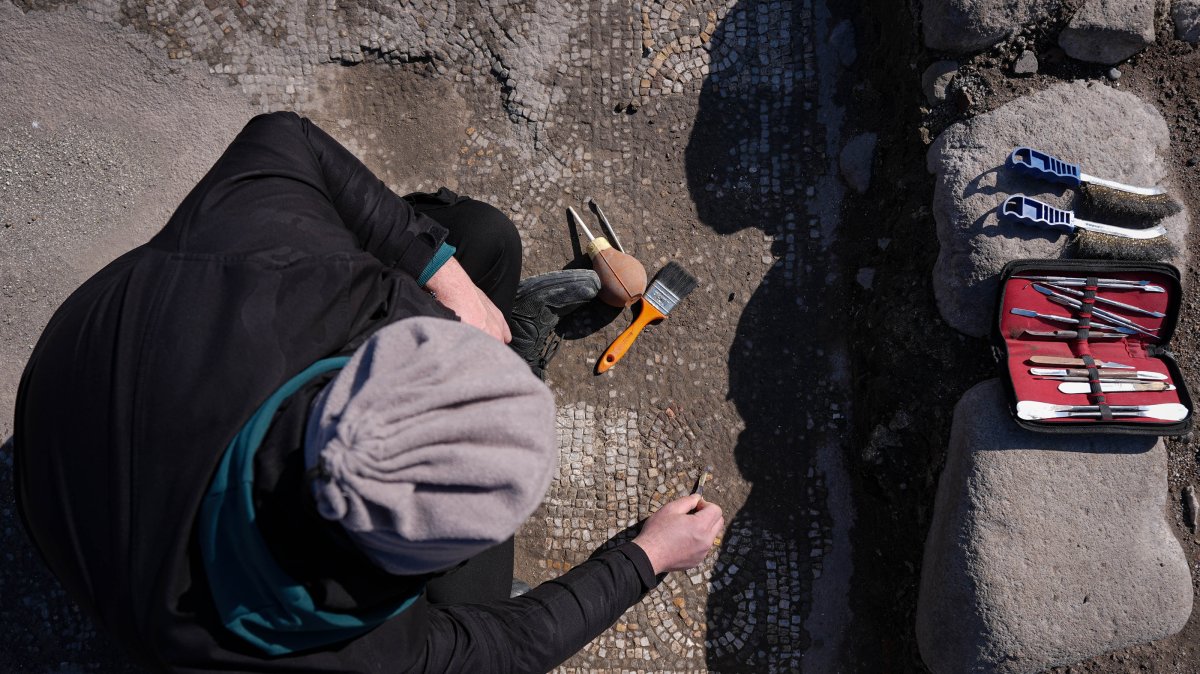

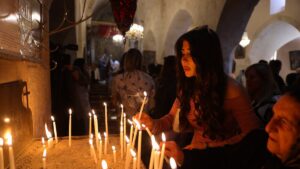


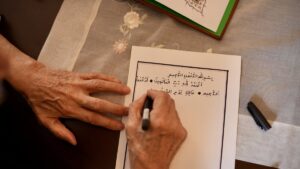



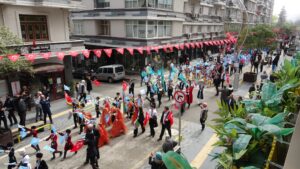




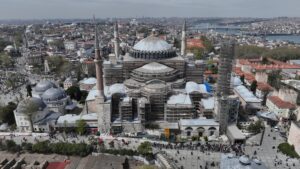


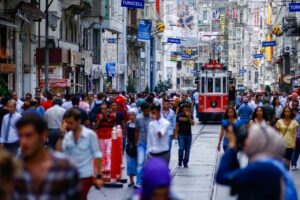
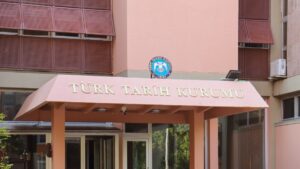


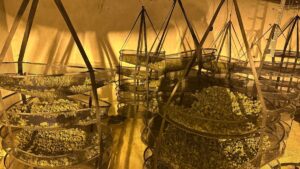

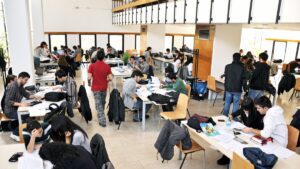


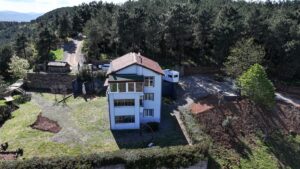
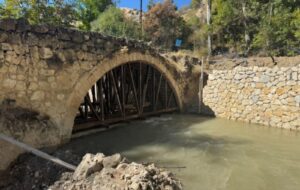

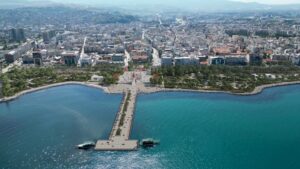

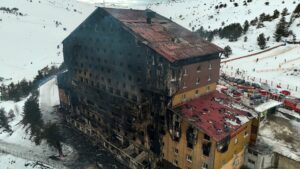

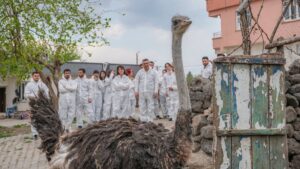




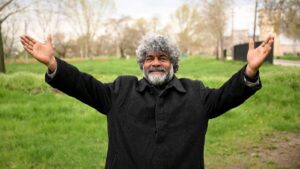
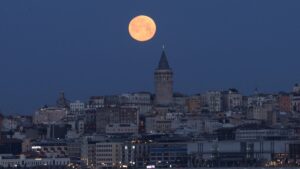
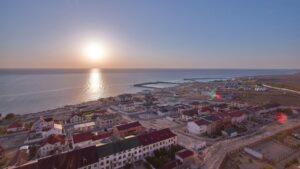


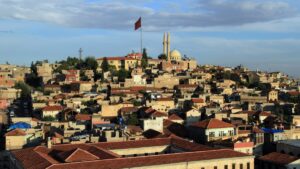
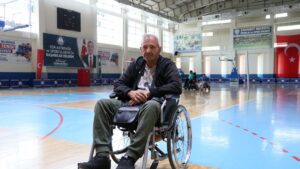

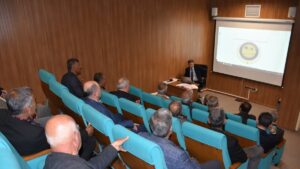

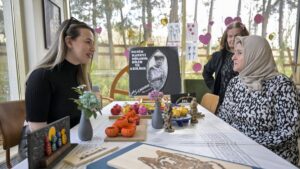


Be First to Comment